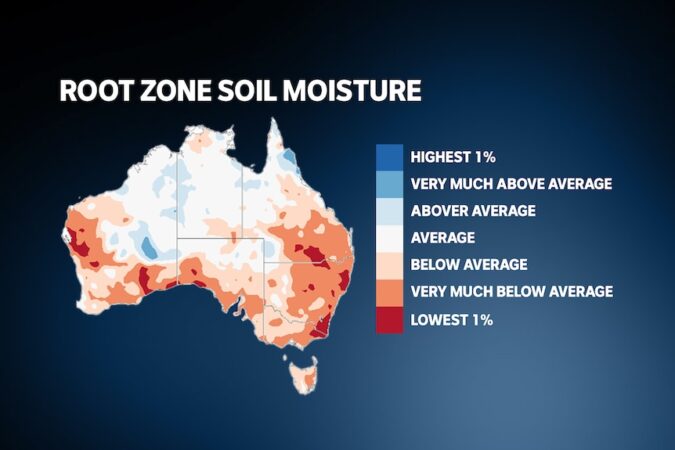
Brisbane teams are seemingly bringing the Queensland heat south for the football finals this weekend as another burst of unseasonable temperatures engulfs Australia.
This next wave of hot air developed slowly across Australia’s “heat engine” this month, a term used to refer to northern Western Australia in the warmer months when cloudless skies, a high sun angle and still air allows a very hot and dry air mass to form.
When northerly winds arrive, the sweltering air is then carried south and is responsible for intermittent bursts of heat observed across southern states.
The activation of the heat engine has already brought record high early spring maximums to WA, including a scorching 42.3 degrees Celsius in Port Hedland on Tuesday, less than one degree off the national all-time September record.
On Wednesday a north-easterly air stream blew the hot air initially to WA’s west coast, leading to dozens of September records, including 39C in Geraldton, 36C in Dalwallinu.
It also was a record day in the state’s capital, with Perth scraping past its previous high mark by 0.1 of a degree to reach 34.3C.
The hot air will then track towards the east over the coming days to reach south-east states this weekend, threatening to bring the hottest grand finals on record.
An AFL grand final nearly 15C warmer than last year
This year’s big dance will be played in a completely different environment to the 2022 edition when Melbourne shivered to a high of only 14.7C in a cool southerly off Bass Strait.
Saturday’s clash between Brisbane and Collingwood will be played in a warm and dry northerly, sending Melbourne to a toasty high of 29C, the warmest final since the record for an AFL grand final of 31.3C in 2015.
If weather has any influence, this should favour the Lions who would be far more accustomed to playing in temperatures in the high twenties.
While the official forecast is 29C, some modelling shows the potential for a maximum closer to 30C, and although a record is unlikely it can’t be completely ruled out.
A record-hot Sunday for NRL final
Players and spectators will be thankful the NRL grand final is a night game considering the weather forecast.
A scorching hot north-westerly will send Western Sydney to about 35 to 36C on Sunday, as much as 12 above the October average.
This should pass the previous hottest NRL decider maximum of 34.7C at Olympic Park in 2014.
While it should cool down before kick-off at 7:30pm, a temperature in the high 20s is still likely, similar to the average maximum in the height of summer.
The weather is unlikely to bring a huge advantage to Brisbane, relative to the AFL final, considering Penrith also has a warm climate during the beginning of the season, however Queensland’s capital is around 5C warmer than Western Sydney through winter.
Weekend heat to raise the fire threat
The heat this week follows a record spell of high temperatures last week, and when combined with well below average rain during the past three months is leading to rapid drying of vegetation.
A critical ingredient behind the ignition and spread of fire is root-zone soil moisture, which refers to the amount of water in the top one metre of the ground.
The latest satellite analysis shows the recent warm and dry weather has dropped moisture content well below average across the majority of southern Australia with some areas now having soil moisture in the lowest 1 per cent of historical data.
The other major factor impacting the fire threat this weekend is the weather itself, and Sunday will bring not only heat to NSW but also low humidity and gusty winds.
This will lift the fire danger to extreme levels around the Hunter, Sydney and southern coast, which under the new danger rating system indicates dangerous conditions where fires will move quickly and homes not prepared to the highest level will not provide safety.
A cool change will reach Melbourne early Sunday and Sydney late Sunday evening, however another burst of hot north-westerly winds will return to NSW as early as Tuesday.
Source: AFL NEWS ABC



